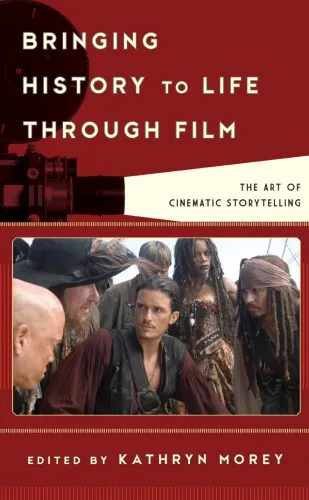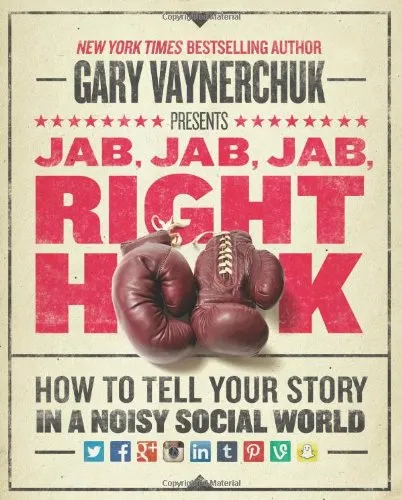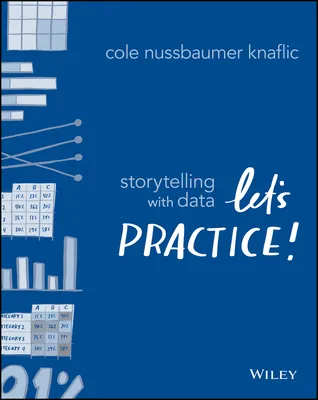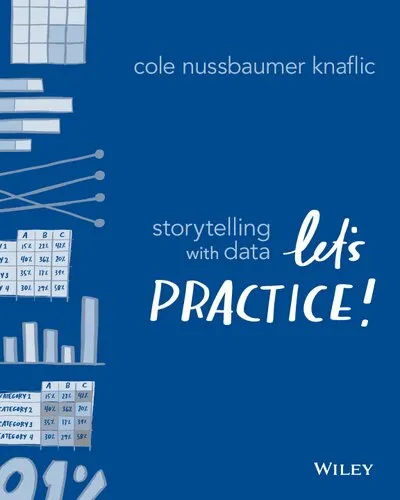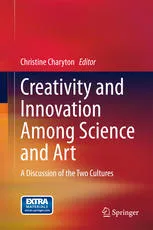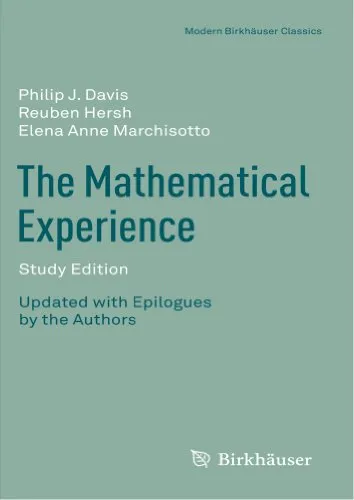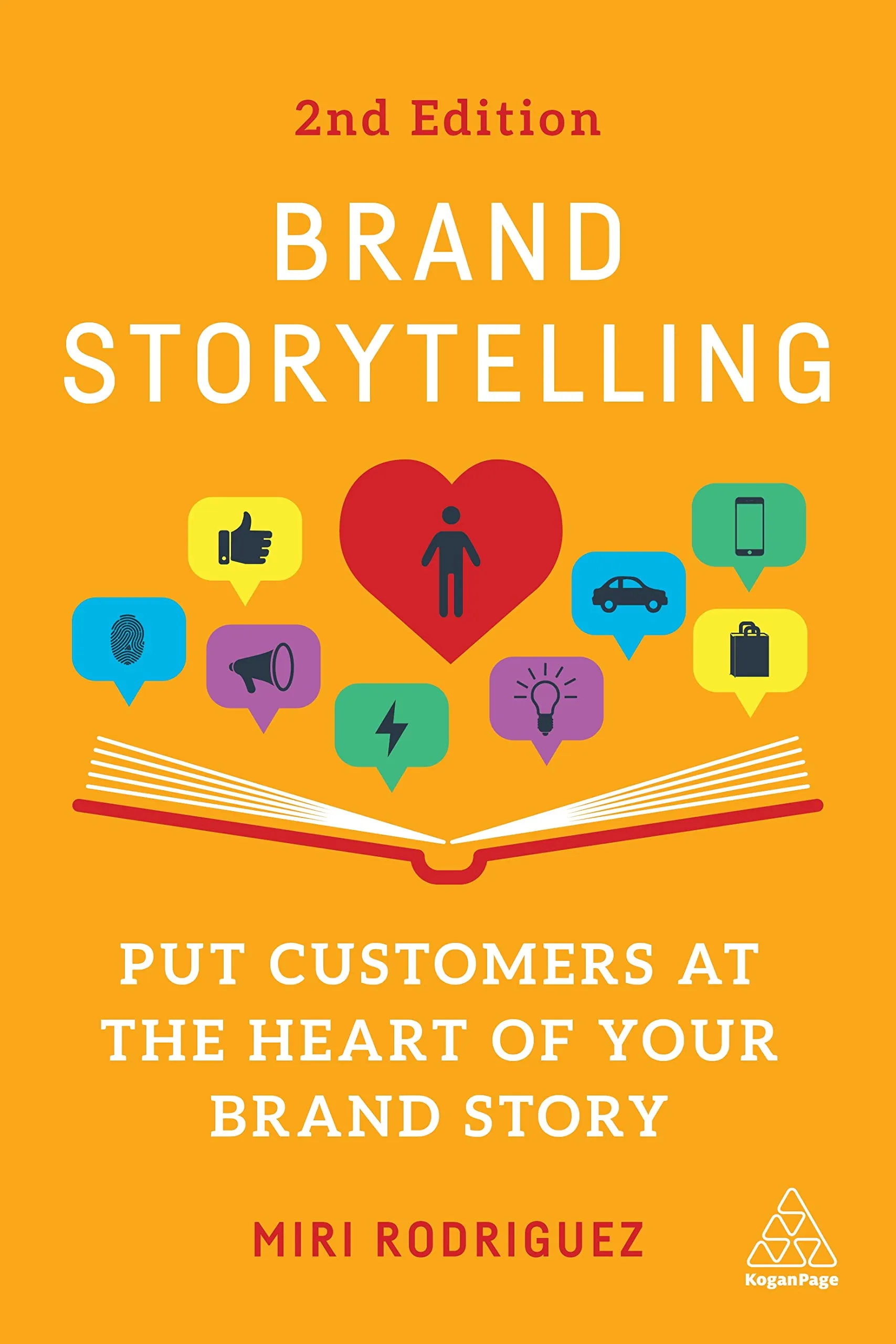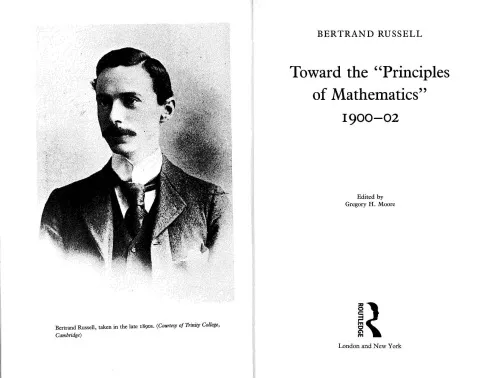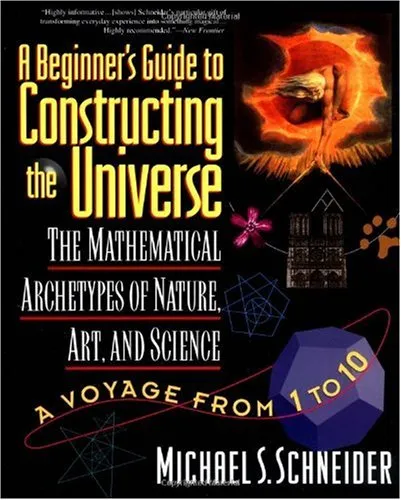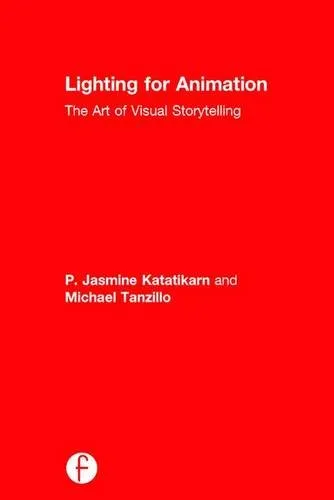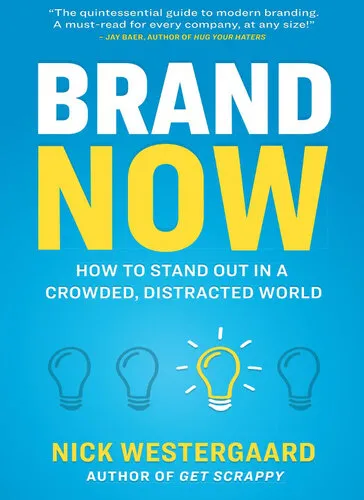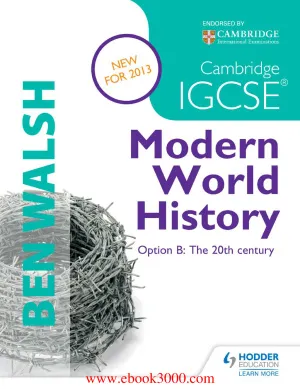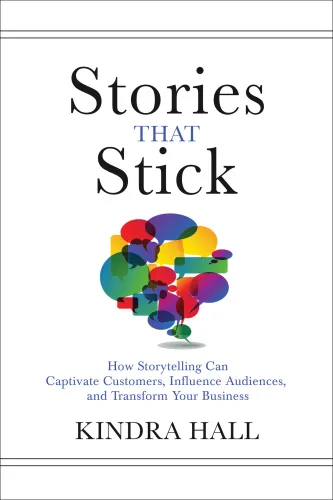Bringing history to life through film : the art of cinematic storytelling
4.0
Reviews from our users

You Can Ask your questions from this book's AI after Login
Each download or ask from book AI costs 2 points. To earn more free points, please visit the Points Guide Page and complete some valuable actions.کتاب های مرتبط:
Introduction to Bringing History to Life Through Film: The Art of Cinematic Storytelling
Film has a unique power to transport us through time, immersing audiences in distant eras through visual storytelling, emotional resonance, and an artistic recreation of events. In my book, Bringing History to Life Through Film: The Art of Cinematic Storytelling, I delve into how filmmakers skillfully balance historical authenticity with creative interpretation to craft compelling narratives. By doing so, they make history tangible, engaging, and deeply relevant for modern audiences.
This book presents an illuminating exploration of the intricate relationship between history and cinema. From the detailed recreations of significant historical events to the fictionalized retellings of personal and collective memory, I analyze the creative decisions that shape these stories and their impact on how we perceive the past. In this introduction, I will provide an overview of the book, discuss its key takeaways, and explain its significance for readers passionate about film, history, and storytelling.
Summary of the Book
In Bringing History to Life Through Film, I explore how filmmakers use cinema as a creative medium to access and reinterpret history. The book is divided into several thematic chapters, covering topics such as historical accuracy, narrative techniques, the role of character-driven storytelling, and the ethics of dramatizing real events. I also examine how films about history shape our collective cultural memories, whether through blockbuster epics, independent art-house films, or powerful documentaries.
Throughout the book, I use notable examples to illustrate my analysis—films such as Schindler’s List, 12 Years a Slave, and Dunkirk—which highlight the various approaches to reimagining history onscreen. The book critiques the fine line between historical fidelity and creative embellishment, urging filmmakers and audiences to remain mindful of the consequences of distorting or oversimplifying historical facts.
Whether you're a filmmaker, historian, educator, student, or a casual movie-lover, this book offers an accessible yet profound perspective on how cinema has continuously redefined the way we connect with our past. By unpacking the art and craft behind historical films, this book celebrates the collaborative endeavors of historians, screenwriters, directors, and other creatives.
Key Takeaways
- Understanding the balance between historical accuracy and cinematic engagement.
- Exploring how character-driven storytelling in historical films reflects broader societal themes.
- Recognizing the ethical considerations in representing real events and individuals onscreen.
- Learning how historical films influence collective memory and cultural discourse.
- Appreciating the artistry and responsibility of storytelling in shaping our understanding of history.
Famous Quotes from the Book
"History is not merely a collection of dates and facts—it is a vibrant tapestry of human experience. Film, like no other medium, gives us the power to thread these experiences into compelling narratives that resonate with the soul."
"Accuracy and artistry need not be adversaries; the best historical films prove that creativity can deepen, rather than dilute, our connection to the past."
"Through the lens of cinema, history feels less like a distant echo and more like a vibrant, breathing narrative that connects us across centuries."
Why This Book Matters
In an age where visual media dominates our consumption of information, historical films play an increasingly vital role in shaping public understanding of the past. This book equips readers with the tools to critically engage with historical cinema, fostering an appreciation for both its potentials and its pitfalls. By examining films through the dual lens of artistry and historical responsibility, I hope to spark conversations that encourage filmmakers and audiences alike to approach historical storytelling with curiosity, care, and creativity.
Moreover, the book encourages readers to reconsider the notion that history is static or unchangeable. Through cinematic reimagination, history becomes fluid and multifaceted, opening doors to empathy, critical thinking, and a deeper awareness of our shared human heritage. Whether you’re analyzing films for academic purposes, teaching history, or simply indulging in a love for cinema, this book provides a thoughtful foundation for understanding the transformative potential of historical storytelling through film.
Free Direct Download
You Can Download this book after Login
Accessing books through legal platforms and public libraries not only supports the rights of authors and publishers but also contributes to the sustainability of reading culture. Before downloading, please take a moment to consider these options.
Find this book on other platforms:
WorldCat helps you find books in libraries worldwide.
See ratings, reviews, and discussions on Goodreads.
Find and buy rare or used books on AbeBooks.
1288
بازدید4.0
امتیاز0
نظر98%
رضایتReviews:
4.0
Based on 0 users review
Questions & Answers
Ask questions about this book or help others by answering
No questions yet. Be the first to ask!
